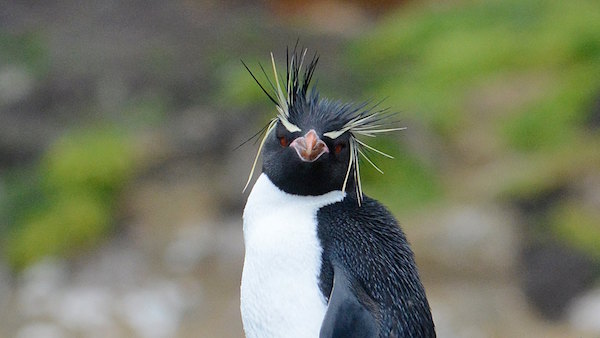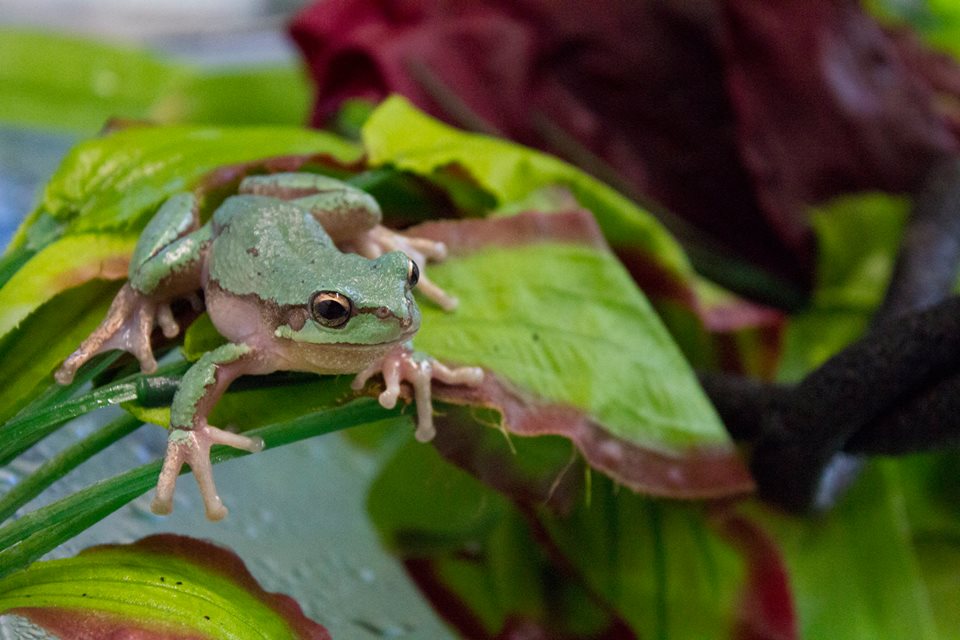Shearwater season is well & truly underway at the Sanctuary with our 30th Short-tailed Shearwater coming into care overnight.
All of these birds have come in for some R&R over the past fortnight, most of them usually only needing to spend 3-4 days in our care.
There has also been another 43 birds that have been rehabilitated by dedicated wildlife carers based in the north and south. So all up that is over 70 birds that have come in for assistance so far - quite a feat for all involved!
For those who aren't aware of Shearwater season, at this time of the year these migratory seabirds are leaving Tasmania to fly an astonishing 15,000km journey to the Arctic region.
They will stay in the Arctic for around 6 months feeding up & then in September they will fly that mere 15,000km journey again to return back to Australia to breed.
The Shearwaters we are seeing at the moment are mainly chicks that are taking off for the first time (and quite often crash land) or they are just underweight & dehydrated.
Even though it is a very busy time at Bonorong looking after so many birds at one time, it is very rewarding to know we are helping them start their incredible journey.
Photos thanks to Geoff Swan.




















































